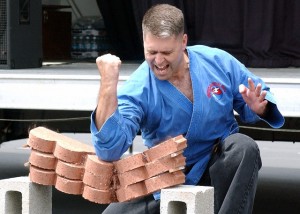Below are supplements I would recommend to get to reduce inflammation in your body
Curcumin 95% Natural Turmeric Extract Powder (1/8 tsp / 400 mg per serving)
Chondroitin Sulfate Powder (1/3 tsp / 1500mg per serving)
D-Glucosamine Sulfate Potassium Powder (1/3 tsp 1200 mg per serving)
Quercetin Dihydrate Powder (1/8 tsp 500mg per serving)
Stevia Extract Powder (a dash)
Hydrolyzed Collagen (Bovine) Powder (1 tsp 3 g per serving)
Melt 1 tablespoon of coconut oil in a small cup and then take all the ingredients above and mix with a 1/2 tsp of cacao powder ( you can order on Amazon or get at any local health food store or Whole Foods). Mix it all and drink it 2 x a day.
The mix of ingredients will decrease systemic inflammation and help support joint function.
Some of the ingredients will work within day but many will take 4-6 weeks to work. So be patient! However, this is MUCH better than some of the pharmaceutical options out there.
As you combine this with the practice of self love (taking it easy), you will start to feel amazing.per
NOw if you want to supercharge the formula above, you can add in Celadrin pills and lotion. Celadrin is a mix of 5 fats that has research proven results to decrease inflammation and speed up healing. You can get the lotion on Amazon HERE and the pills HERE.




